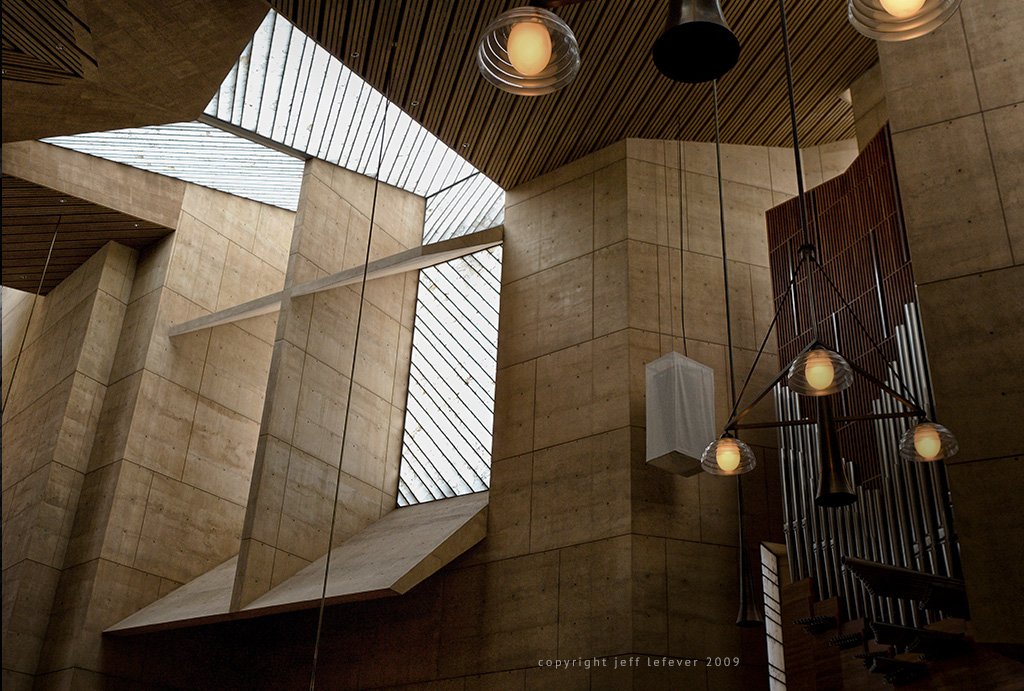“Look at the stones,” the enthusiastic 70-year-old Sender said to me, looking a bit like Charlton Heston as Moses. “They are alive.”
We were coming from Chabad, having had a touch of vodka. “They are alive because each one was chiseled by hand. They each have their own personality and way they catch the light. These are alive, not like stones cut with the same patterned texture of a machine… those are dead. These are hewn by a chisel in a human hand – they have been given personality!” I saw the love in the stone.
Sender’s observation could have been a metaphor for human life at the hand of the Almighty, but Sender was drawing my attention to the actual stones that are everywhere in the Old City. An old British mandate, still enforced today, says that all buildings in Jerusalem must be constructed with the Jerusalem stone. However, little is chiseled by hand these days. That kind of personality is seen only the old stones, still alive with irregularities that are both human and beautiful.
This is also what makes original art so valuable–it’s not necessarily the work that is made, but the hand that makes the work uniquely human. This is one of the reasons that photography was not originally accepted as fine art, but considered only a mechanical capture.
In the consecrated spaces I have seen, many buy their liturgical art from a catalog. There is something stale about these mechanical reproductions made from cast molds, suggesting an acceptable, realistic rendition of art made for the masses. They lack the personality that ties art to humanity, or local culture, or even the times we are in or the spaces the art occupies.
I get that some crucifixes and Stations of the Cross are processed and mass-produced in service to poor congregations that don’t have the money or the sense to devote human hands to the original expression of liturgical art. I get that… better to have something than nothing, right?
In other cases, it’s that the people don’t care, believing that it’s the representation, not the object, that carries meaning. I understand that, too.
Yet, for me, something is missing in a sanctuary without art. A partnership. Without the hand of a human involved, the consecrated space is lacking. A carelessness remains in the place of worship–it feels artificial, repetitious, secondhand, half-hearted, institutional, utilitarian.
Like words of love mechanically produced–the subtle connection of human devotion to divine grace is lost in the castings and machine pressed replicas. The power and the magic of creativity, and the uniqueness of expression are gone; these are the elements that make life and that reflect God’s glory found in every human being. Christianity is, after all, human, revealing our relationship with the Almighty.
Even the hand-hewn stones in the Old City of Jerusalem are alive: the light amplified by each unique face dances a particular song.
~JWL


